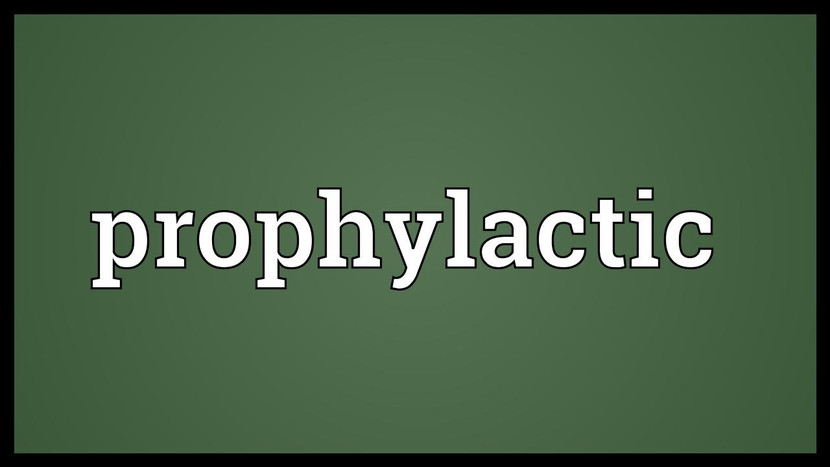The world of sexual health medicine in the UK is an extremely sophisticated one. Almost everyone has access to advice, treatment and contraceptive supplies for free in sexual health clinics. All of the major advances are considered to have taken places ages ago, the arrival of the contraceptive pill, anyone? What a game changer that was! Since then we’ve seen more advanced condoms, vaginal condoms, the implant, the injection and various tweaks to the pill itself. It’s rare to have something that explodes onto the market with the potential for such a wide-ranging, positive impact, and yet – something has. Enter ‘PrPE’, or Pre-exposure Prophylaxis treatment. Those who test negative are given an antiretroviral drug to avoid contracting HIV.
The facts.
We all know the devastating figures of AIDS deaths in the 1980s, but since then effective condom use and education has seen that figure fall. However, the incidences of HIV among young men has more than doubled in the last decade, and while condom use remains a core strategy, PrPE has excellent prospects as well. By taking it before you are exposed to HIV, means that there’s enough of the drug inside you to block the virus if it gets into your body.
What is it?
It actually uses two drugs that are commonly used already to treat HIV. It’s a tablet containing tenofovir and emitricitabine. These drugs are used by thousands of people in the UK already so they’ve been extensively tested, and although there are some side effects, the serious ones are very rare. In general, the drugs are very safe ones. They might cause headaches, tiredness or a bit of nausea, but things like affecting kidney function are very unlikely to happen.
The IMPACT trial for this tablet ended in July 2020. During the trial it was made available to 10,000 people in England.
How is it taken?
There are two different methods for taking PrPE:
- -Regularly – one tablet per day
- -Only when needed – 2 tablets 2-24hrs before sex, one 24hrs after and another 48hrs after. This is known as event-based, or on-demand dosing.
They are both very effective, but on-demand usage has only been tested on gay and bisexual men. The daily dosing is recommended for women because they need to take PrPE for seven continuous days to be protected against HIV.
If you’re planning to use it, then take the same care that you would with any other drug. Preferably get it through the NHS, but if you plan to get it outside of the NHS then do speak with a sexual health advisor so they can take care of any testing that might need to be done.
The specifics.
Firstly, no-one is suggesting that this is purely a gay issue, but the high incidence of HIV among gay men means that there’s a particular need for it in this group.
Again, condom use remains at the centre of safe sex, no-one is suggesting that condoms suddenly aren’t needed any more, but a combined approach is best for everyone. We can steer clear of including moral responsibility about what you choose because this doesn’t stop the spread of HIV. But by giving people as many tools as possible to protect themselves with you are empowering them to make the right decision and slow down the spread significantly.
Physically, PrPE has many benefits, but there’s no evidence to suggest that it actually changes sexual behaviour. In fact, the PrOUD study found no differences in the incidences of STIs in groups taking part in the study. It’s cost effective when compared to the costs of treating someone with HIV, they range from £280,000 to £360,000.
New approaches.
There are two things that stand out here, the firstly is that it’s only prescribed for those who are thought to be most at risk, not necessarily a complete surprise. But secondly, there’s a new tactic of using it ‘seasonally’, i.e. during periods of a person’s life when they are thought to be more likely to be having risky sex. This is a key strategy because not only does it allow targeted treatment to keep the cost down, it also involves studies of sexual behaviour under different conditions which really is the key to identifying the risky behaviours and therefore deploying the tools to deter it. It’s this data that will be crucial to sexual health studies going forwards.
PrPE won’t be confined to tablet form forever, either. There’s active research going on into different methods of administering the drug, i.e. in the form of implants and injectables and it’s been approved to shortly be available in vaginal rings.
When looked at in context, PrPE actually does have the power to fundamentally change the sexual health landscape. In medicine, prevention is almost always easier than cure, and PrPE fits this narrative exactly.



